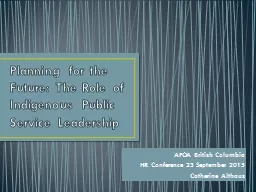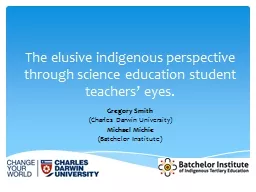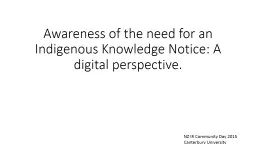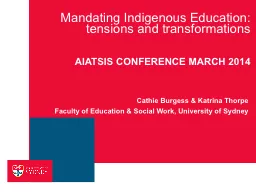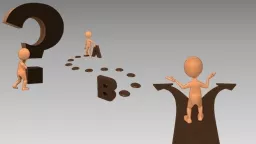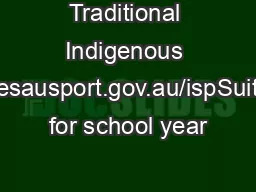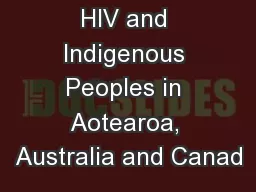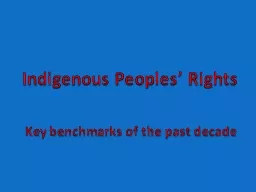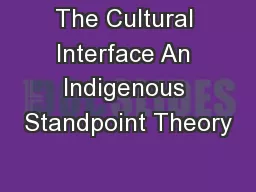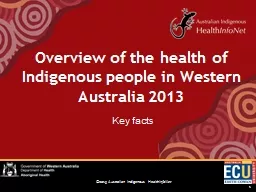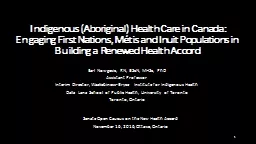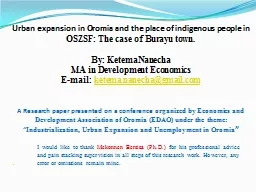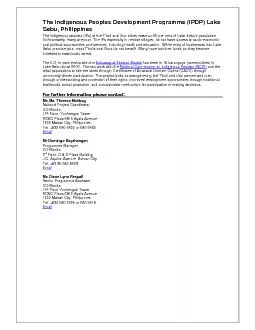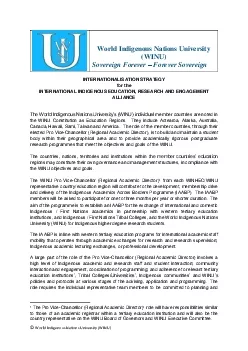PPT-Planning for the Future: The Role of Indigenous Public
Author : danika-pritchard | Published Date : 2019-02-04
S ervice L eadership AFOA British Columbia HR Conference 23 September 2015 Catherine Althaus Context Personal transformation Gaps in knowledge and shared experience
Presentation Embed Code
Download Presentation
Download Presentation The PPT/PDF document "Planning for the Future: The Role of Ind..." is the property of its rightful owner. Permission is granted to download and print the materials on this website for personal, non-commercial use only, and to display it on your personal computer provided you do not modify the materials and that you retain all copyright notices contained in the materials. By downloading content from our website, you accept the terms of this agreement.
Planning for the Future: The Role of Indigenous Public: Transcript
Download Rules Of Document
"Planning for the Future: The Role of Indigenous Public"The content belongs to its owner. You may download and print it for personal use, without modification, and keep all copyright notices. By downloading, you agree to these terms.
Related Documents

